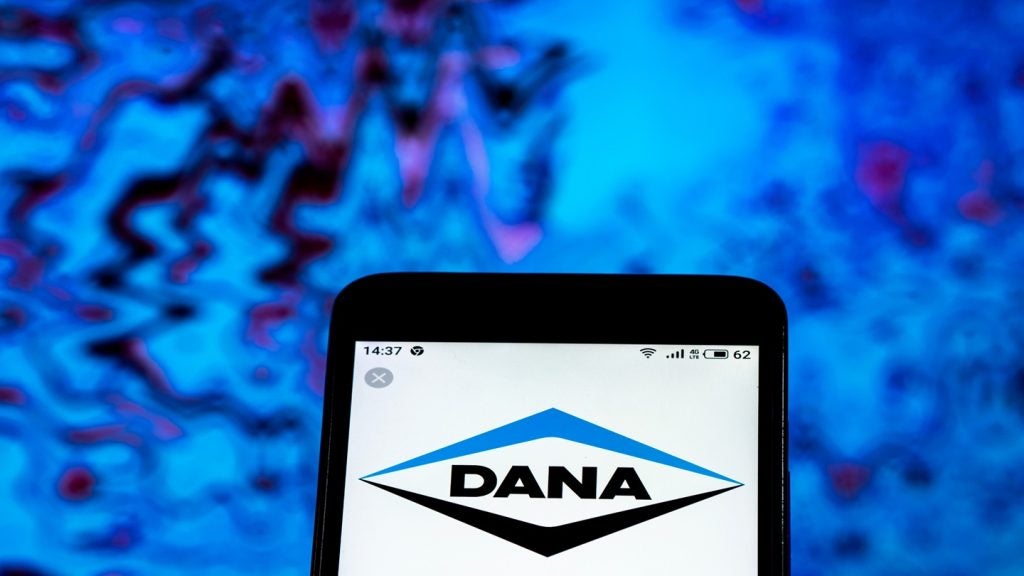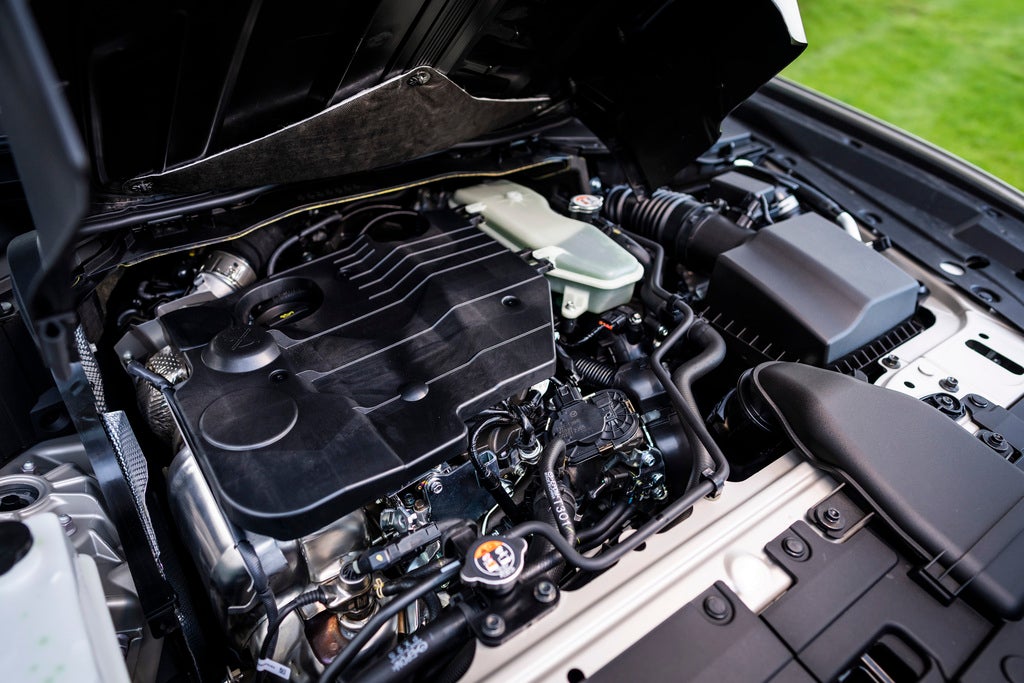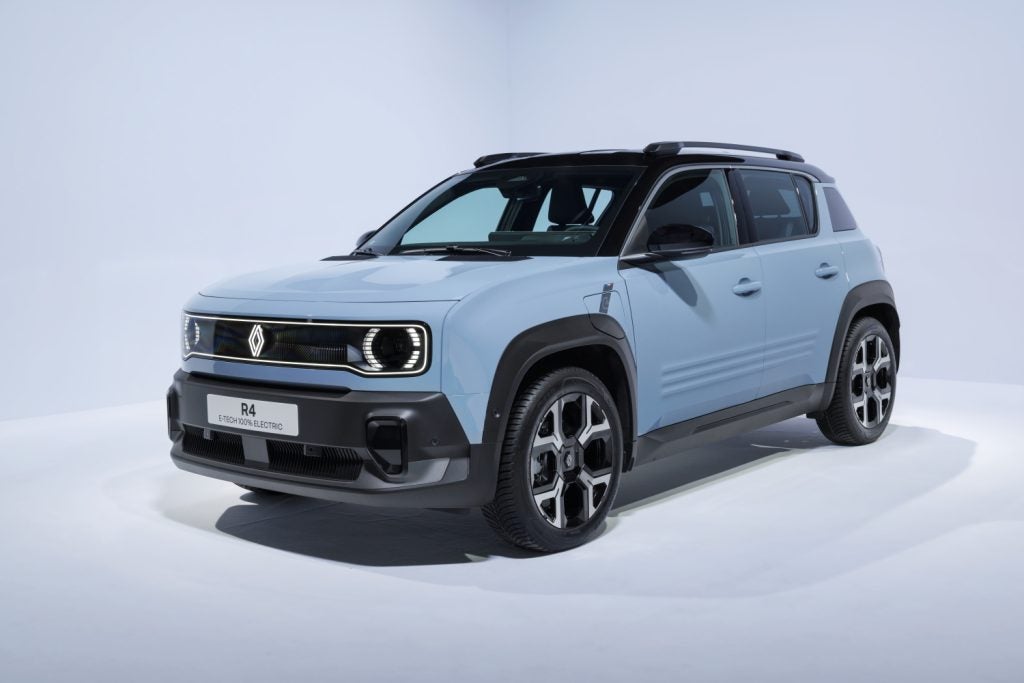 Mercedes-Benz has updated its flagship S-Class with two new top-range engines and numerous detail changes.
Mercedes-Benz has updated its flagship S-Class with two new top-range engines and numerous detail changes.
The new range will debut at the Paris motor show next month with a detuned twin-turbo, water intercooled 493bhp V12 engine (from the new Maybach) developing a massive 590 lb-ft of torque.
The V12 is claimed to sprint to 62mph in just 4.8 seconds, as you might expect from the world’s torquiest production car engine.
The sporty S55 AMG gets a supercharged V8 developing the same power and 515 lb-ft of torque. This engine delivers around 39% more power and 32% more torque than the previous version.
Other powerplant changes include a new S350 model (reviving a Mercedes model designation not seen for nearly three decades) with a new 3.7-litre V6 engine boosting power over the old 3.2 by 12.5% to 180 kW/245 hp and torque by 13% to 350 Nm at 3000 rpm.
How well do you really know your competitors?
Access the most comprehensive Company Profiles on the market, powered by GlobalData. Save hours of research. Gain competitive edge.

Thank you!
Your download email will arrive shortly
Not ready to buy yet? Download a free sample
We are confident about the unique quality of our Company Profiles. However, we want you to make the most beneficial decision for your business, so we offer a free sample that you can download by submitting the below form
By GlobalDataThe new V6 can be expected soon to migrate down to the E-class and below.
The six-cylinder S 320 CDI diesel power plant now boasts an output of 150 kW/ 204 hp (previously 145 kW/197 hp) and provides 500 Nm of torque, equivalent to an increase of around 6%.
The modified six-cylinder diesel engine is from the second generation of Mercedes-developed common-rail power plants which provide greater pulling power and flexibility whilst reducing fuel consumption even further. It should be especially welcome in the UK where the current oil burner accounts for 58% of S-class sales.
Fuel consumption in the S 320 CDI is a mere 7.7 litres per 100 km (NEDC combined consumption) — almost four percent lower than in the previous model.
Along with the revised engines, Mercedes is introducing a new preventive occupant protection system called PRE-SAFE which can detect the threat of a collision in advance and initiate preventive measures to prepare the occupants and vehicle for impact.
The system includes seat belts that tension in a split second to ensure that the driver and the front passenger are in the best possible sitting position before a crash occurs, enabling optimum deployment of the airbags upon impact.
At the same time, the front passenger seat and the electrically adjustable individual seats for the rear passengers are moved into the optimum positions and the sunroof is closed automatically when the vehicle begins to skid.
This new safety concept is based on the findings of Mercedes accident research, which indicate that, in about two thirds of all road accidents, there is a relatively long period of time between the moment an imminent collision is detected and the moment the collision actually occurs.
In order to detect a collision in advance, PRE-SAFE uses sensors in the electronic stability programme and the brake assist system, which warn against critical situations.
The system components are reversible: for instance, if the collision is avoided at the last moment, the preventive belt tensioners are released automatically so that the occupants can reset the seats and sunroof to their original positions. PRE-SAFE is then ready to spring into action again immediately if needed.
Also new are the 4MATIC permanent four-wheel drive as an option for V8 and V6 models and a dynamic multicontour seat that can adapt instantly to different road situations.
The front bumper has been redesigned with a new lower air intake to give the impression of a wider body and the radiator grille has added height and a more pronounced slant. New clear-glass headlamps have high-sheen reflectors and the exterior mirrors and tail lights are also new.
Inside, over 40 items have been either redesigned or – using new materials – enhanced.
The COMAND control and display system is now fitted as standard in all S-Class models and, compared to its predecessor, the latest system has a larger 6.5-inch colour display. In the top-of-the-range S 600 model, COMAND is linked to the navigation system as part of the standard package.
Mercedes-Benz has also totally redesigned the S-Class seats, introducing a softer design and new upholstery technology.
The new optional dynamic multicontour seat – first seen in the redesigned E-class – has a series of integrated air chambers which are inflated or deflated according to driving conditions to ensure that both driver and front passenger benefit from extra lateral support when cornering.
The seat also has an in-built computer which assumes electropneumatic control, taking a split second to process data such as steering angle, lateral acceleration and road speed, in order to vary the inflation pressure and volume of air in the chambers.
When the vehicle enters a left-hand bend, for example, the system pumps more air into the chambers on the right-hand side of the backrest, thus ensuring greater lateral support for the seat occupant.
Mercedes-Benz has built 325,000 S-Class since production began at the end of 1998 and claims that its top-line model accounts for about 46% of new-car registrations in the luxury-class segment in Western Europe, around 40% in the US and 58% in Japan.







